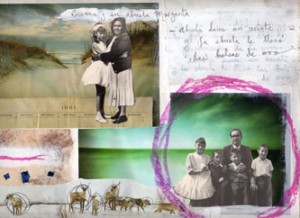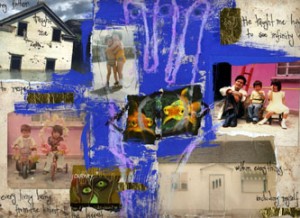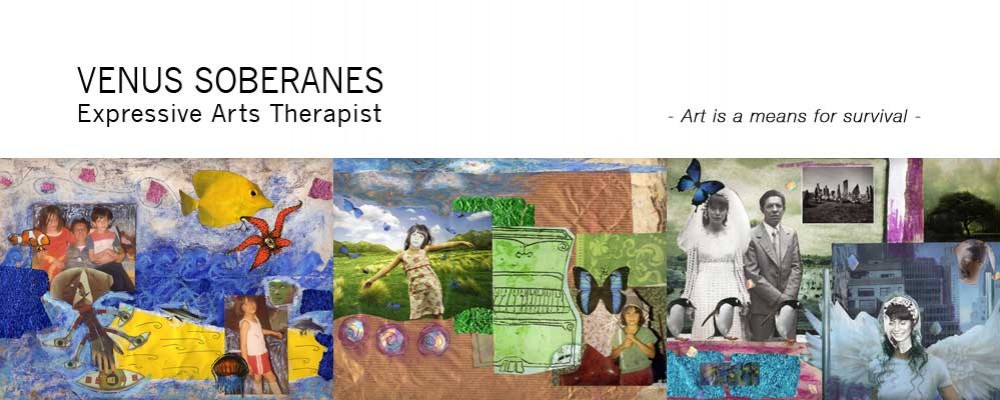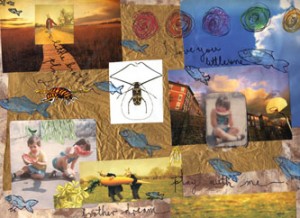“Art, movement, drama and creative writing can support psychological transformation through the imagination in a therapeutic practice called Expressive Arts Therapy.”
Expressive Arts Therapy (EXAT) is a person–centered therapy that uses the expressive arts – movement, visual arts, music, voice, writing, sound, theatre improvisation,  photography – in a supportive environment, with the purpose of facilitating healing and growth.
photography – in a supportive environment, with the purpose of facilitating healing and growth.
The goal of person centered therapy is to provide clients with an opportunity to develop a sense of self so that they can realize how their attitudes, feelings and behaviour are being negatively affected and make an effort to find their true positive potential. In this technique, therapists create a comfortable, non-judgmental environment by demonstrating congruence (genuineness), empathy, and unconditional positive regard toward their clients while using a non-directive approach. This aids clients in finding their own solutions to their problems.
A typical therapy session lasts 60 minutes – 45 minutes for children – and it is conducted once a week.
In a session, you could expect to have an initial conversation, to help the client identify the issues they want to work on, followed by the therapeutic components facilitated by the therapist.
The therapy duration can be as short or as long as the client finds useful, ranging from a few sessions to a few years.
Some clients come to therapy with a very specific problem that can be resolved after a few sessions, while others come with the purpose of transforming themselves and exploring their lives more deeply.
Traditionally, psychotherapy is a verbal form of therapy. The ability to speak is located in the left side of the brain – the rational side – while emotions are located in the right side of the brain – the creative side. Emotions are seldom logical, therefore language can hardly ever express them satisfactorily. The process of explaining emotions through words is one of translation; we have to convert the inner feeling and sensations into rational concepts.
 When using art and the imagination to express feelings, emotions, and our inner life, we are using the creative mind, located in the same side of the brain where the inner experiences and emotions are happening. Expression is more immediate and direct, for it is not translated or rationalized, and the client self-knowledge expands as the artistic modalities give them the occasion for further self-exploration.
When using art and the imagination to express feelings, emotions, and our inner life, we are using the creative mind, located in the same side of the brain where the inner experiences and emotions are happening. Expression is more immediate and direct, for it is not translated or rationalized, and the client self-knowledge expands as the artistic modalities give them the occasion for further self-exploration.
The expressive use of art becomes a healing process as well as a new language that speaks to both the client and the therapist. The expressive arts move the client into the world of emotion, creativity and imagination, adding depth and more dimensions to the therapy.
Clients report that the use of expressive arts in therapy has helped them to go beyond their problems, increasing self knowledge, and using their imagination and creativity to re-envision themselves in a more positive and constructive way, as well as increasing their own self-knowledge and creative potential.
For more information on the reasons to seek therapy, please refer to the section Who can benefit from therapy
(Segments form the article “Person-centered Expressive Arts Therapy” by Natalie Rogers, and “Person-Centered Therapy” by Lisa Cepeda, and Donna Davenport)

